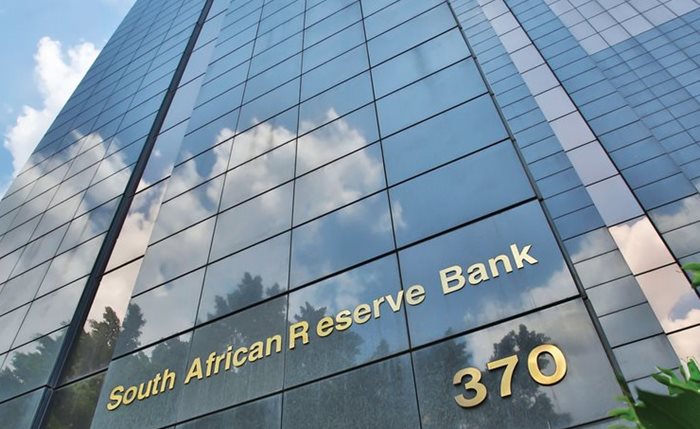In line with our long-held forecast, the South African Reserve Bank delivered a 50bp rate hike to 4.75% this week, its largest incremental hike since 2016.

Source: centralbanking.com
The decision was again not unanimous, with a 4:1 split in favour of a larger hike versus the usual 25bp increment, in line with our thinking outlined in South Africa: SARB to up the ante, dated 13 May.
It’s (mostly) about inflation: materialising upside risks to the inflation outlook through food, fuel and some growing evidence of broader second-round pressures creeping into prices which means that the Sarb now doesn’t see CPI coming back towards its 4.5% target midpoint on a sustained basis until late 2024 – a view with which we agree.
Nonetheless, we maintain that its view that inflation will peak out at 6.3% in Q2 this year (and average below 6.0% in 2022) remains optimistic where larger and longer peaks above its upper 6% range seem more likely than not to us in Q2 this year. (We currently see CPI peaking closer to 6.8% in Q3 and averaging 6.2% in 2022 - but with growing upside risks as SA fuel prices now look set to climb by 16% m/m in June alone. This while its food price estimate of 6.6% for this year is also likely to prove too tame, we think).
Cognizant of growth challenges: The Sarb's still-divided decision on the size of the rate hike, we believe, still communicates that it remains sympathetic to growth challenges. However, only modest downward revisions to its 2022 GDP forecast (-0.3pp to 1.7%) and its maintenance of growth at 1.9% in outer years, implies that it believes the economy is more resilient than we expect.
Its assertion that the risks to the growth outlook are “balanced” given the increasingly nuanced global-growth backdrop is interesting and indicates a central bank that is more focused on incipient inflation risks right now rather than a still opaque global-growth backdrop.
It continues to stick to its view that the current policy stance remains “accommodative”, reflective of negative real interest rates which will persist over the coming quarters in an environment where global financial conditions are tightening faster than it originally expected.
Bottom line: We view the Sarb’s May MPC decision and statement as suggestive of an increased degree of concern and prudence by a strong majority of MPC members that inflation could prove a larger problem than initially thought.
The fact that the Sarb sees “upside risks” to what we think is an already optimistic inflation backdrop (which already sees inflation only coming back towards its target midpoint a year later than originally estimated) is telling on its likely future reaction function.
Given the Sarb's "data dependent" language and scope for further upside surprises in CPI in coming months, we hold on to our call for another 50bp hike to be delivered in Julym- with the policy rate ending 2022 at 5.75% vs QPM output of 5.3% - and for a terminal policy rate of 6.5% to be reached by mid-2023 as the bank looks to more aggressively build up policy buffers.




































